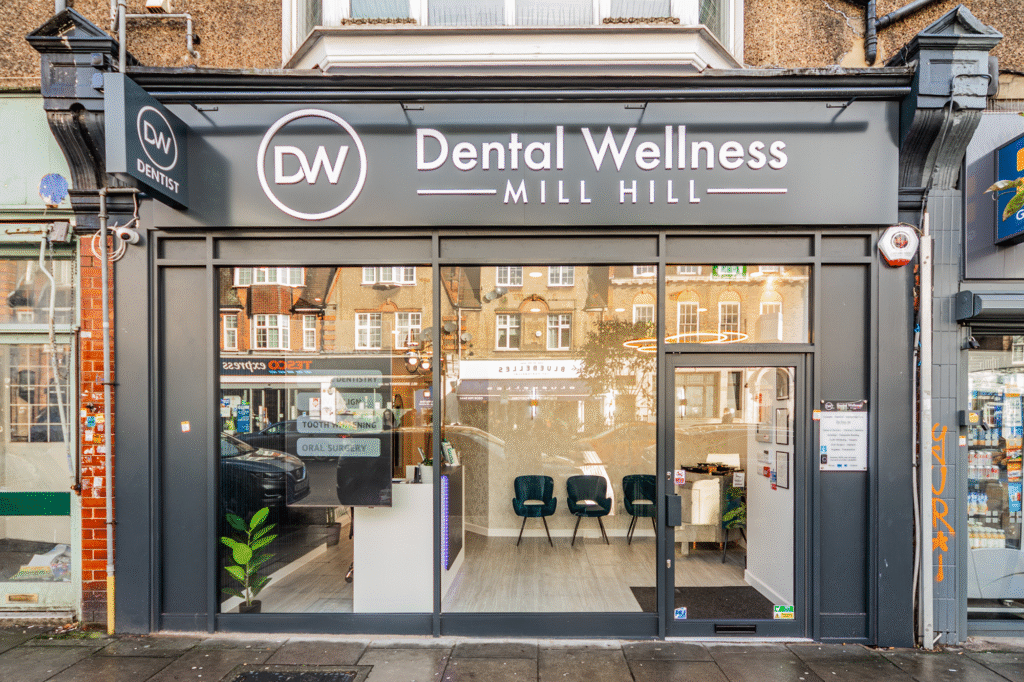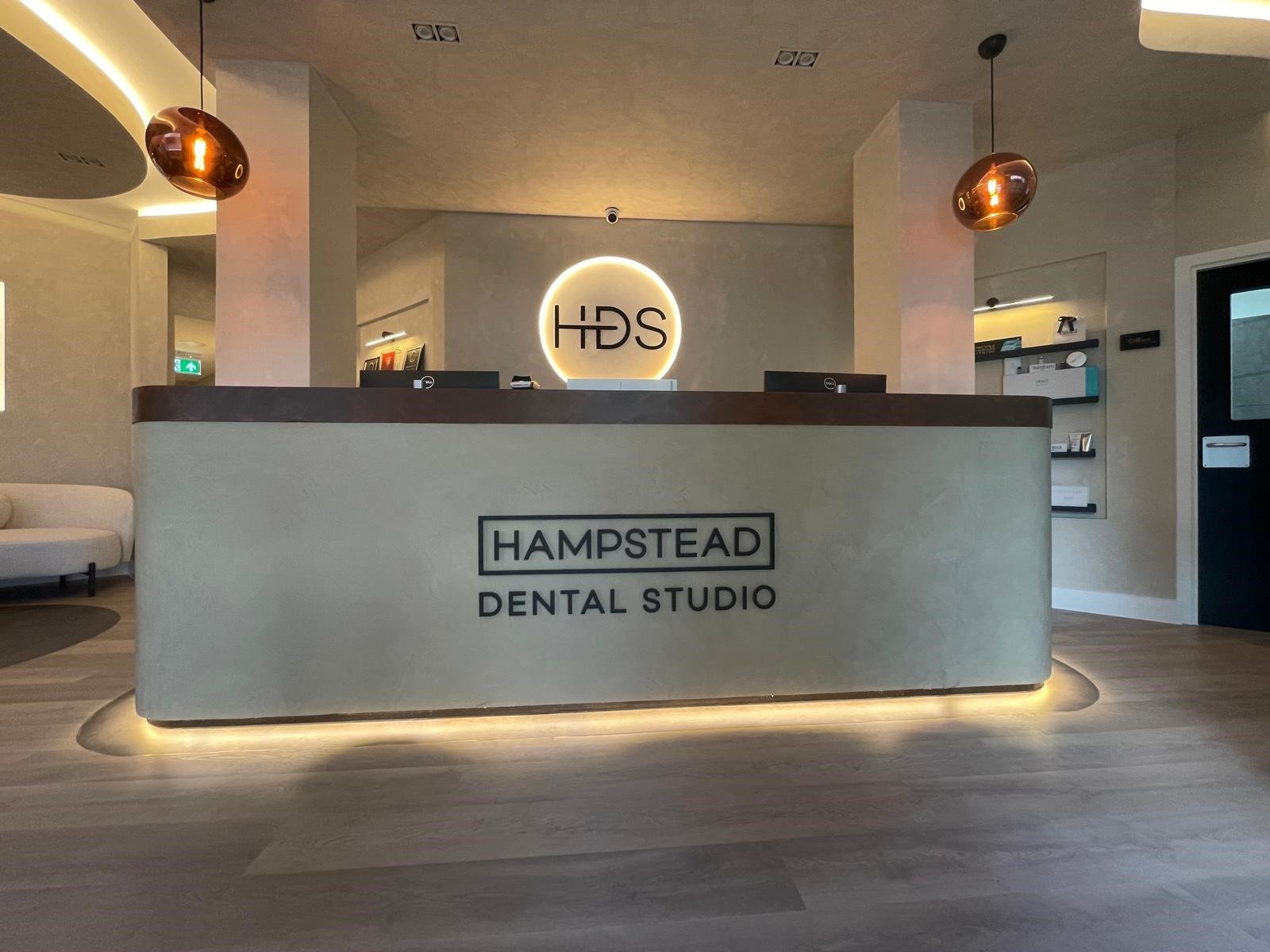When designing a dental clinic, one of the critical decisions that need to be made is whether to opt for open or closed treatment rooms. Both configurations come with their own advantages and drawbacks, and the decision can significantly impact patient comfort, privacy, and overall satisfaction. The purpose of this blog is to discuss the significant differences between open and closed treatment rooms and to analyse their respective benefits and drawbacks. It will also discuss how dental clinic design and the role of dental surgery contractors contribute to creating the optimal environment for both patients and dental professionals.
The Importance of Treatment Room Design in a Dental Clinic
From the moment a patient steps into the clinic, they form opinions about the quality of care based on their surroundings. A well-designed space can help patients feel comfortable, reduce anxiety, and foster trust.
Dental clinic design involves several elements, including the layout of treatment rooms, the materials used, and the way the clinic integrates both patient and professional needs. The treatment room setup is a vital part of this, influencing how patients interact with the space and perceive their care.

Open Treatment Rooms: An Overview
Open treatment rooms, also known as open bays, are treatment areas without solid walls or barriers between patients. They are usually divided by partitions or dividers that allow for shared space while still providing some degree of separation. Open treatment rooms have become more common in dental clinics that prioritise efficiency, collaboration, and creating a more relaxed atmosphere for patients.
Pros of Open Treatment Rooms
- Efficient Use of SpaceOpen treatment rooms can accommodate more patients in a smaller area. This layout allows for quicker transitions between appointments and a more streamlined workflow for dental staff. By removing walls, dental clinics can maximise the available space and improve the efficiency of patient flow.
- Faster CommunicationIn an open setting, dental professionals can communicate more easily with one another. This can be particularly useful in practices that involve multidisciplinary teams or require collaboration between various specialists. For instance, if a patient requires immediate assistance from a colleague, it’s easier to get that help quickly in an open room.
- Sense of CommunityOpen treatment rooms can foster a more community-oriented environment. Patients can interact with each other, which may help alleviate anxiety. Some patients may find comfort in the shared experience, knowing that they are not alone in the treatment process.
Cons of Open Treatment Rooms
- Lack of PrivacyPatients may feel uncomfortable discussing personal health information in a shared space where others can hear their conversations. This could lead to concerns about confidentiality, making it a potential barrier for some patients.
- Noise DistractionsIn an open space, noise levels can increase, which may add to a patient’s anxiety. Dental equipment, patient conversations, and the general hustle and bustle of a busy clinic can make it difficult to create a calm, quiet environment for patients.
- Limited ComfortWhile open rooms are efficient, they may not provide the same level of comfort as closed treatment rooms. Patients may feel less relaxed in an open setting, particularly if they are nervous about their treatment or sensitive to distractions.
Closed Treatment Rooms: An Overview
Closed treatment rooms are fully enclosed spaces, typically with four walls, doors, and a ceiling. These rooms are designed to provide complete privacy and are often chosen for their ability to create a calm, quiet, and professional environment. Many modern dental practices opt for closed rooms to ensure patient comfort and confidentiality.
Pros of Closed Treatment Rooms
- Privacy and ConfidentialityOne of the most significant advantages of closed treatment rooms is the privacy they offer. Patients can feel more at ease knowing that their medical information and personal conversations are not overheard by others. This can help build trust between patients and dental professionals, as patients are more likely to share concerns or ask questions in a private setting.
- Reduced Noise and DistractionsClosed rooms are naturally quieter, as they block out the noise from other treatment areas. For patients who are anxious about their visit, a quiet, secluded space can help them feel more comfortable and relaxed. Additionally, the dental team can focus on their tasks without the distractions of other patients or staff members.
- Enhanced Patient ComfortClosed rooms allow for a more personalised and focused treatment experience. With no visual distractions, patients can feel more relaxed and secure. For patients undergoing more invasive or complex procedures, the added privacy can make the experience feel less intimidating.
Cons of Closed Treatment Rooms
- Space ConstraintsClosed rooms can be more space-consuming compared to open treatment rooms. They require walls, doors, and sometimes extra equipment, which may limit the number of treatment areas in a dental clinic. For smaller clinics, this can be a significant drawback, especially if space is already at a premium.
- Less Communication Between ProfessionalsThe separation of treatment areas in closed rooms can reduce the ease with which dental professionals communicate. In situations where quick consultations or team discussions are necessary, this can lead to delays or complications in the workflow.
- Isolation for PatientsSome patients may feel isolated in a closed room, particularly if they are undergoing a long or uncomfortable procedure. This sense of isolation can increase anxiety, especially for those who fear dental visits or have concerns about their treatment.

How Surgery Contractors Impact Treatment Room Decisions
The choice between open and closed treatment rooms is ultimately a reflection of the overall dental clinic design. Dental surgery contractors play a significant role in determining the layout, structure, and functionality of the treatment rooms. They work closely with clinic owners and designers to create spaces that meet both practical and aesthetic needs.
Flexibility and Adaptability
Dental surgery contractors are increasingly focusing on creating spaces that are flexible and adaptable. This could mean designing treatment rooms that can easily be converted from open to closed configurations based on the needs of the clinic. For example, partitions or curtains could be added to an open room to create a sense of privacy when necessary.
Optimising Workflow and Comfort
Dental surgery contractors can design treatment rooms that optimise the workflow of dental professionals while ensuring patient comfort. By considering elements such as lighting, ventilation, and accessibility, they can create a space that encourages both efficiency and relaxation. Whether opting for an open or closed treatment room, the overall design must reflect the needs of both patients and dental teams.
Conclusion
Both open and closed treatment rooms offer unique benefits and challenges. Open treatment rooms excel in efficiency and communication, but may lack privacy and comfort. Closed treatment rooms provide enhanced privacy and a quieter, more comfortable experience but may require more space and limit communication between professionals.
At Divo Interiors Ltd, we specialise in creating innovative and functional dental clinic spaces, tailored to the unique needs of your practice. Whether you’re looking for open or closed treatment rooms, we can help design a space that ensures both efficiency and patient satisfaction.
